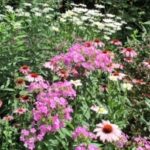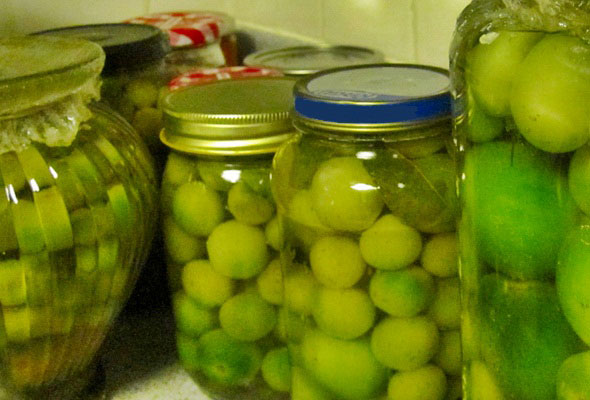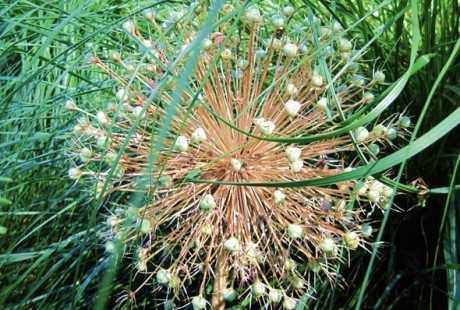at palau reial des pedralbes
It was hot the morning we arrived at Palau Reial, the fiery Catalan sun bore down on us relentlessly. The palace had originally been built for count Eusebi Guell, who was an enthusiastic supporter of Antonio Gaudi, which explains why parts of the garden were designed by the latter.
The count donated the palace to the Royal Family who used it as residence at the beginning of the twentieth century and in 1937 the estate became a Museum of Decorative Arts.
As we passed the fountain that marks the entrance to the gardens to seek shelter from the heat in the shade of the old trees, the water flashed behind us, gleaming in the sunlightlike a blade, and the red flowers surrounding it made the burning sunlight feel even more intense.
Strolling on alleys covered in fine gravel and punctuated by statues, arbors and topiary, we reached the bamboo forest.
Eager for adventure and invigorated by the cool air that emanated from the tall spikes the children rushed in, followed a barely noticeable trail and disappeared around a corner. I went after them, of course, compelled by my overprotective streak, and found myself in front of an amazing structure.
It was a metallic skeleton shaped like a quartered ellipsoid, with its steel ribs engulfed in the exuberance of fast growing grass (did you know that some varieties of bamboo can grow a foot a day?).
On the inside perimeter benches invited weary travelers to rest and watch the birds fly through the open structure to frolic in the foliage above.
Almost within arm’s reach of our siesta room stood the majestic palace, but who was to guess its presence through the thicket of bamboo?
The strange vegetal cave enticed us to stay inside it, where temperatures were fifteen degrees lower than in the rest of the park, and we rested for a while, completely hidden from the world, before continuing our journey.




 Previous Post
Previous Post Next Post
Next Post




